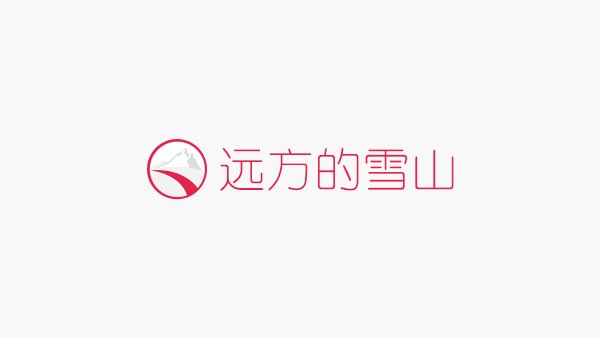WordPress
通过 WordPress 多语言插件 WPML 的语言配置文件 wpml-config.xml 来支持 Polylang 翻译主题选项字段
网上已经有很多介绍 WordPress 多语言的插件了,比如 Polylang 和 WPML 等强大的多语言插件,但是只是介绍,很快都是能掌握怎么使用。今天我们要说的是如何使用 Polylang 插件来实现主题选项中字段的翻译。
WordPress多语言插件WPML在Polylang之前就已经创建了,因此对于一些插件和主题集成很好。WPML语言配置文件 wpml-config.xml已经可以翻译主题选项中的字段,Polylang 也支持 wpml-config.xml 文件的配置,而且 Polylang 的工作效率几本可以完成很多主题或者插件的翻译工作,所以我们创建一个 wpml-config.xml,添加以下代码到文件中:
- <wpml-config>
- <custom-fields>
- <custom-field action="copy">quantity</custom-field>
- <custom-field action="translate">custom-title</custom-field>
- </custom-fields>
- <custom-types>
- <custom-type translate="1">book</custom-type>
- <custom-type translate="1">DVD</custom-type>
- </custom-types>
- <taxonomies>
- <taxonomy translate="1">genre</taxonomy>
- </taxonomies>
- <admin-texts>
- <!--my_themes_options 为主题选项的全局变量名-->
- <key name="my_themes_options">
- <!--其中其它名称则是选项的 ID-->
- <key name="option_name_1" />
- <key name="option_name_2" />
- <key name="options_group_1">
- <key name="sub_option_name_11" />
- <key name="sub_option_name_12" />
- </key>
- </key>
- <key name="simple_string_option" />
- </admin-texts>
- </wpml-config>
并且配置支持父级关系选项,比如萨龙网络的主题幻灯片,一个幻灯片选项中有多个子幻灯片,这时就可以使用嵌套来翻译字段。
将wpml-config.xml文件放在主题或者 Polylang 插件的根目录,再前台插件后台『语言——字符串翻译』中进行翻译即可,如下图:

本文由来源 萨龙网络,由 萨龙龙 整理编辑!

